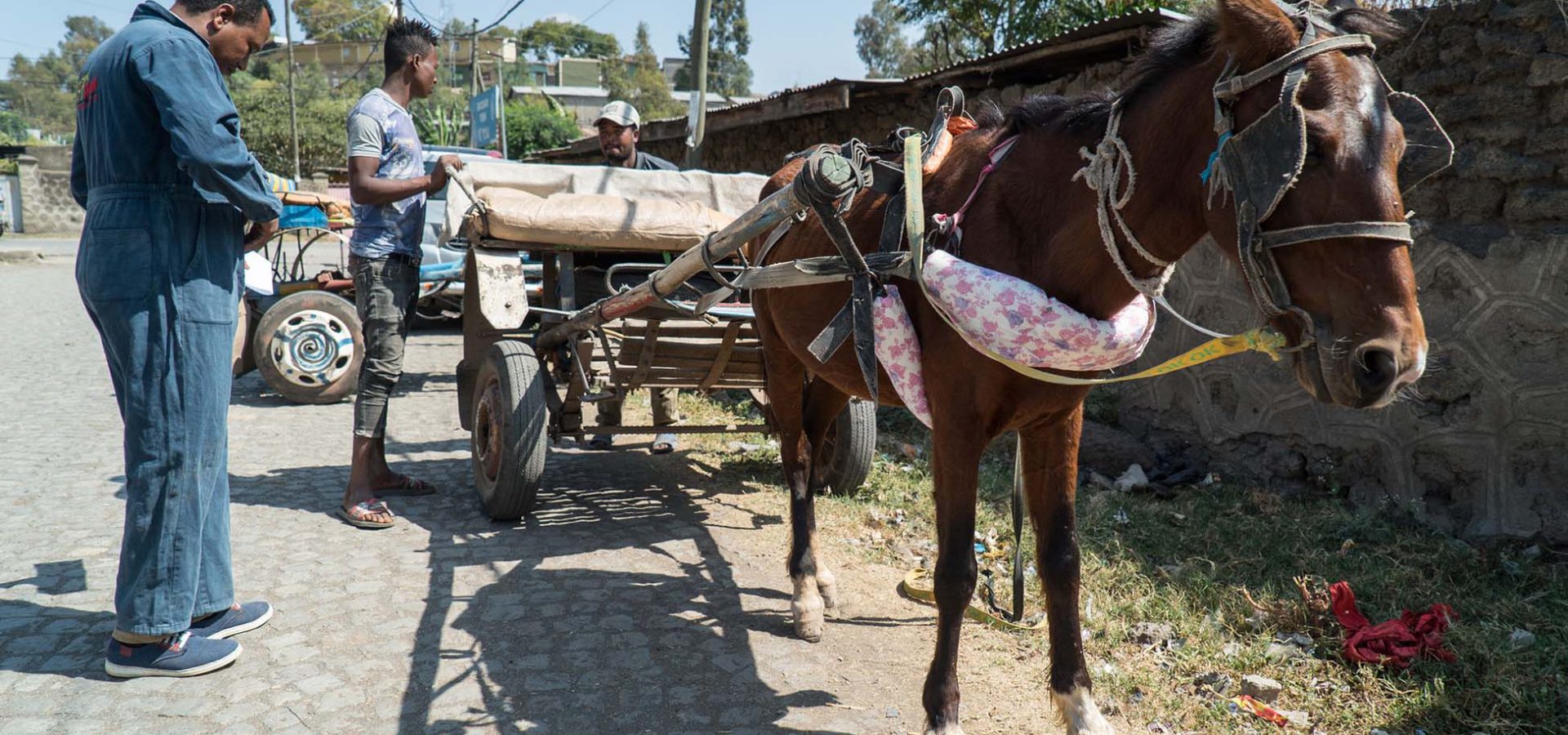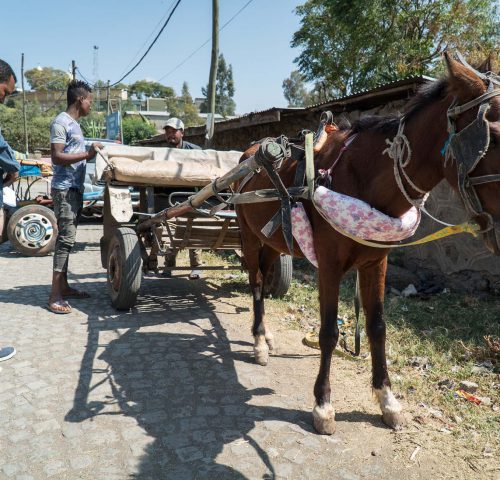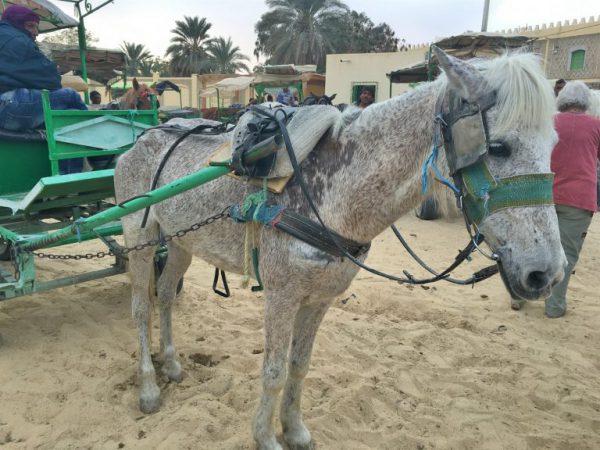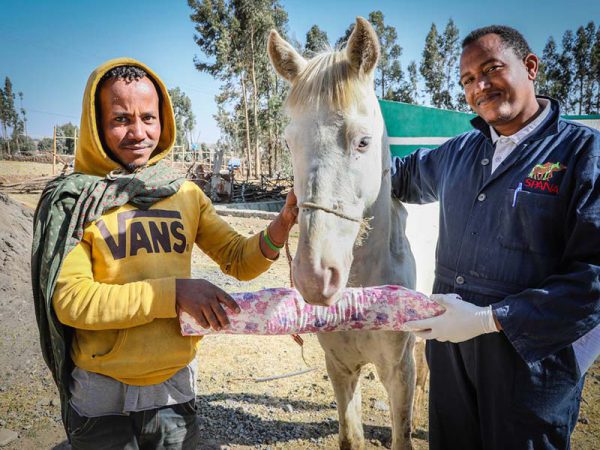You may also be interested in
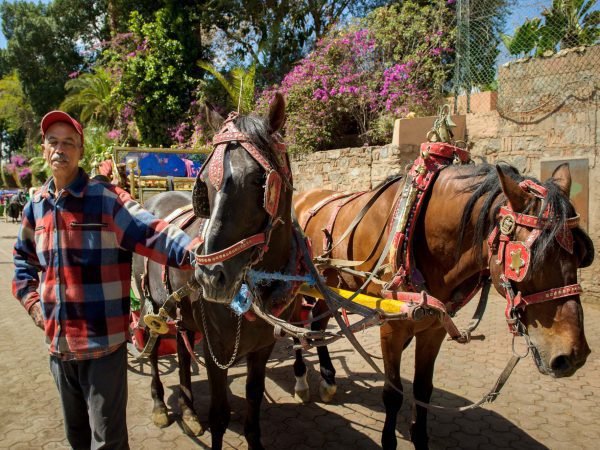
What are working horses?
Discover what working horses are, why they are so important and how SPANA is helping them.
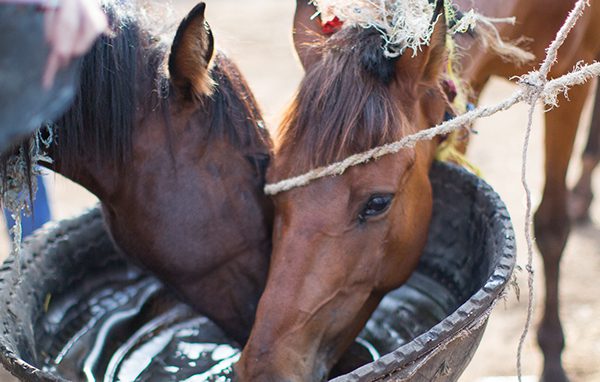
What do horses eat?
Horses need a very specific diet. Find out what do horses eat and also what food to avoid.
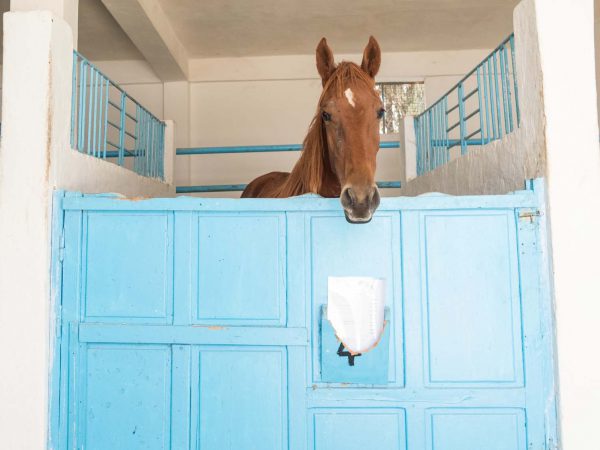
Sponsor a Whole Horse Stable
Read more about horse sponsorship opportunities at SPANA.

What are working horses?
Discover what working horses are, why they are so important and how SPANA is helping them.

What do horses eat?
Horses need a very specific diet. Find out what do horses eat and also what food to avoid.

